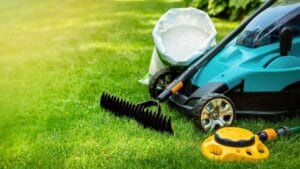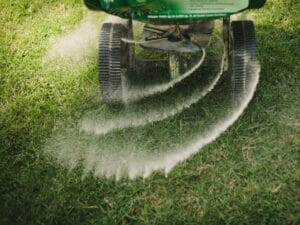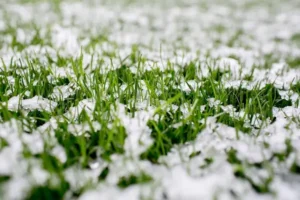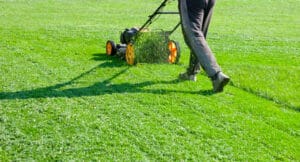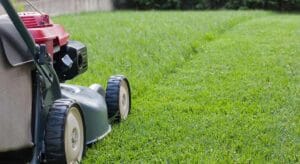
Maintaining a lush, green lawn requires effort and attention to detail. One essential aspect of lawn care is dethatching, the process of removing the layer of dead grass and organic matter that accumulates on the soil’s surface. However, many homeowners unknowingly make mistakes when dethatching their lawns, which can hinder rather than improve their lawn’s health. In this comprehensive guide, we’ll uncover the top seven dethatching mistakes and provide expert advice on how to avoid them.
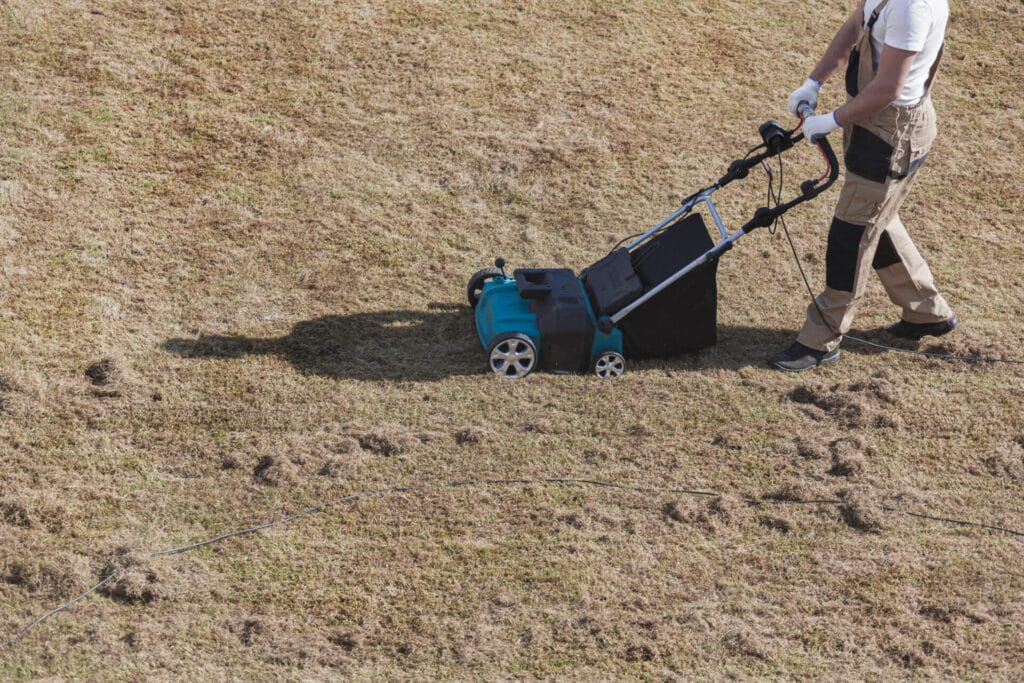
Dethatching at the wrong time of year can significantly impact your lawn’s health. Many homeowners make the mistake of dethatching in the spring when the grass is actively growing. However, spring dethatching can stress the lawn and disrupt its growth cycle. Instead, aim to dethatch in the fall or early spring when the grass is dormant or just beginning to grow. This allows the lawn to recover more quickly and promotes healthy regrowth.
One of the most common mistakes homeowners make is over-dethatching their lawns. While it’s essential to remove excess thatch buildup, excessive dethatching can damage the grass and expose the soil to erosion and weed growth. To avoid over-dethatching, use a dethatching rake or machine set to the appropriate depth for your lawn’s needs. Typically, removing no more than half an inch of thatch at a time is sufficient.
Using the wrong tools for dethatching can lead to ineffective results and potential damage to your lawn. While hand rakes can be useful for small areas, larger lawns may require a dethatching machine or power rake for efficient removal of thatch. Before dethatching, ensure your equipment is properly calibrated and adjusted to avoid damaging the grass or soil.
Soil compaction is a common issue in many lawns, especially those that receive heavy foot traffic or machinery. Ignoring soil compaction can impede water, air, and nutrient absorption, leading to poor grass health and increased thatch buildup. Before dethatching, consider aerating your lawn to alleviate soil compaction and promote better overall lawn health.
Dethatching is just one aspect of lawn care, and neglecting other essential practices can undermine its effectiveness. Proper watering, fertilization, and mowing techniques are crucial for maintaining a healthy lawn and reducing thatch buildup. Additionally, regular soil testing can help identify nutrient deficiencies or imbalances that may contribute to thatch accumulation.
Thatch buildup is often a symptom of underlying issues such as poor soil quality, improper watering, or over-fertilization. Failing to address these issues can lead to recurring thatch problems and ongoing lawn maintenance issues. Before dethatching, assess your lawn’s overall health and address any underlying issues to prevent future thatch buildup.
Proper post-dethatching care is essential for ensuring your lawn recovers quickly and maintains its health. After dethatching, it’s essential to water your lawn deeply to promote root growth and encourage new grass growth. Additionally, consider overseeding bare or thin areas to promote a thick, lush lawn. Finally, avoid heavy foot traffic on the newly dethatched lawn until it has fully recovered.
Dethatching is a critical aspect of lawn care, but it’s essential to approach it with care and attention to detail. By avoiding these common dethatching mistakes and following best practices, you can maintain a healthy, vibrant lawn that enhances your home’s curb appeal and provides a welcoming outdoor space for your family to enjoy. Remember, when it comes to dethatching, a little knowledge and proper technique can go a long way toward achieving a beautiful lawn.
Share this post:

